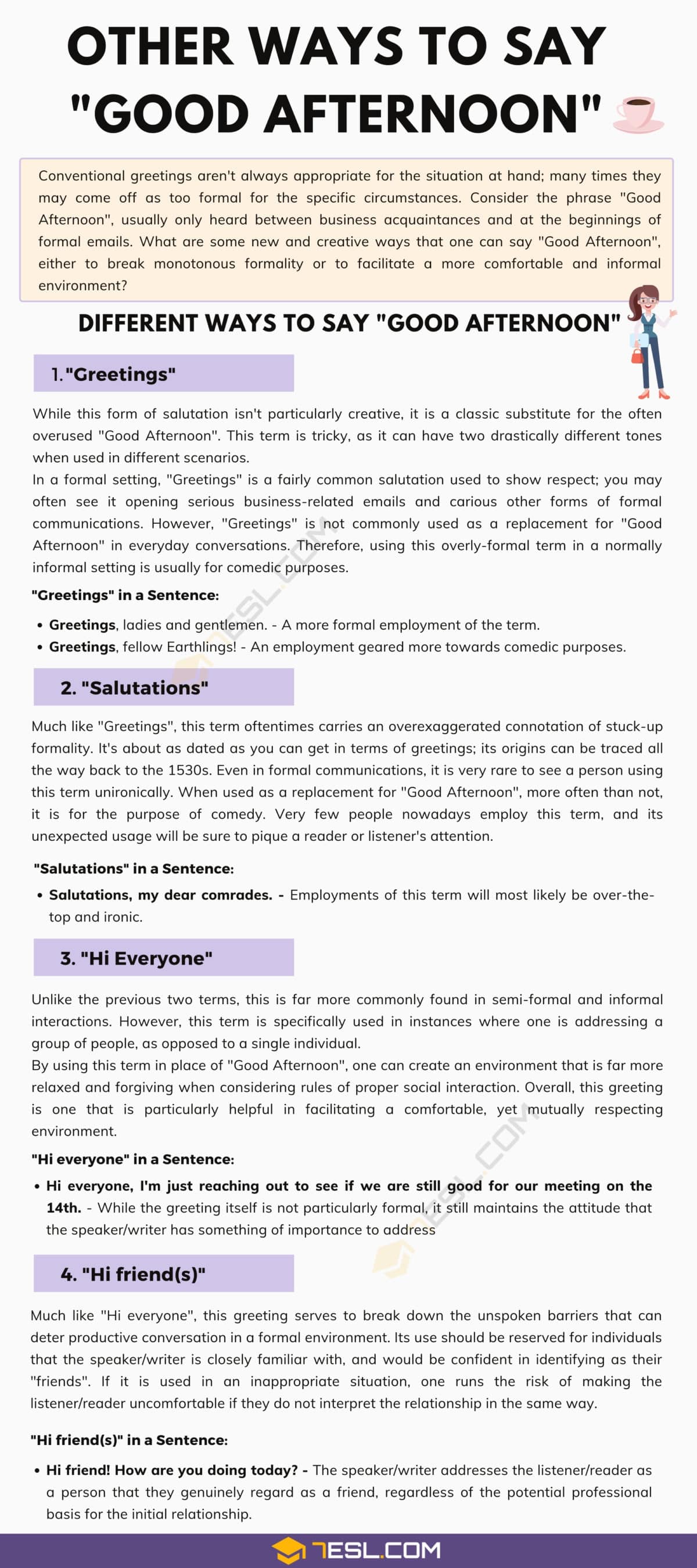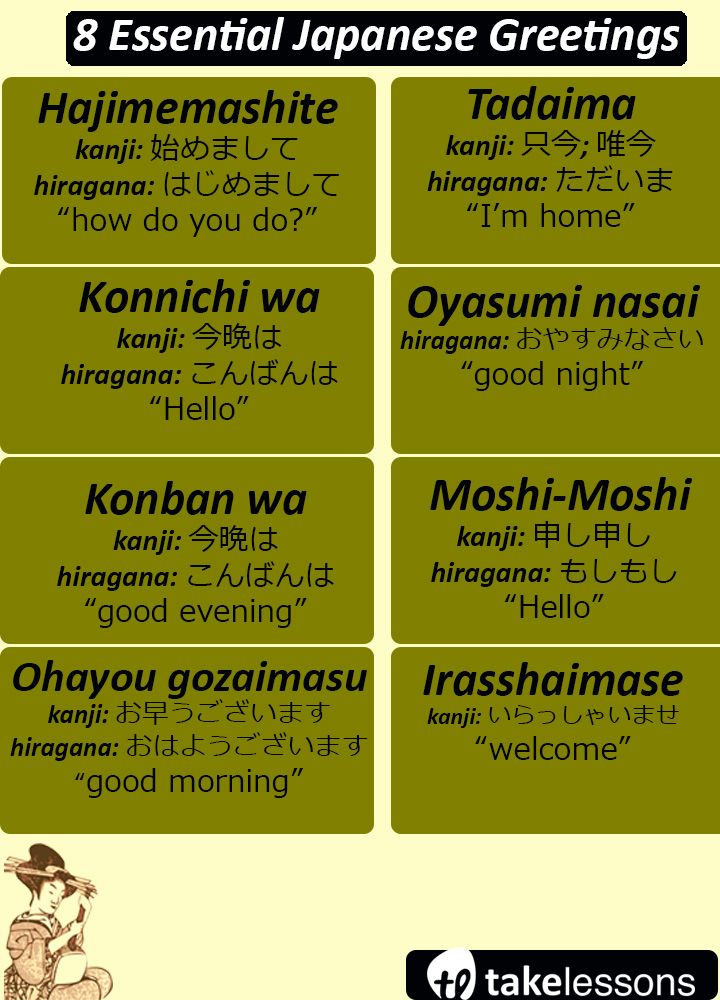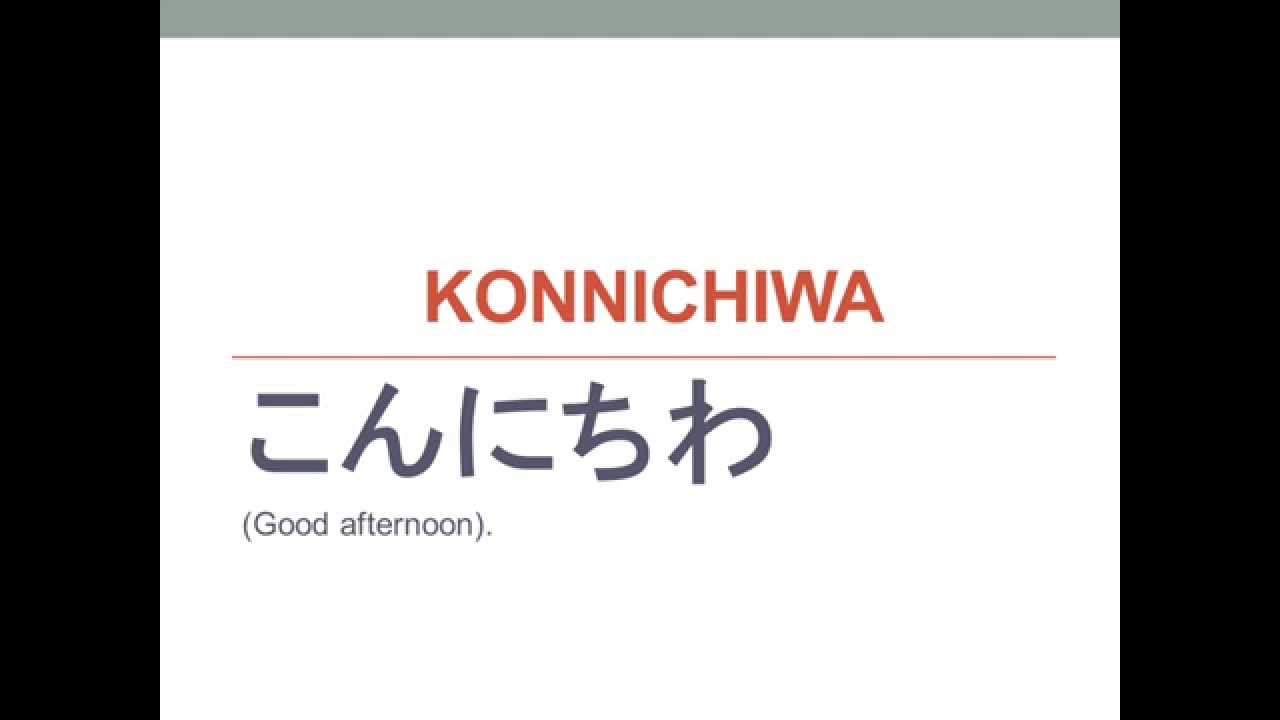Exploring “Good Afternoon” in Japanese: Various Ways to Express This Greeting
In the vibrant world of language and culture, the way we greet each other can be both a fascinating and nuanced aspect of human interaction. One such greeting that piques curiosity is “Good afternoon” in Japanese. Japan, with its rich heritage and distinct customs, offers a range of expressions to convey this afternoon salutation. Join us on this linguistic journey as we uncover the delightful array of ways to say “Good afternoon” in Japanese.
Understanding the Cultural Significance

Before delving into the diverse expressions of “Good afternoon” in Japanese, it’s important to appreciate the cultural significance of greetings in Japan. Politeness, respect, and a deep sense of hierarchy are integral to Japanese society. This is beautifully reflected in their language, where the choice of words and phrases can convey not just the time of day but also the level of respect and formality.
The Standard Greeting: こんにちは (Konnichiwa)

The most commonly used and widely recognized way to say “Good afternoon” in Japanese is “こんにちは” (Konnichiwa). This versatile phrase can be used in various settings, from casual encounters with friends to more formal interactions in business or public places. Its literal translation is “good day” or “good afternoon,” making it a polite and neutral way to greet someone during the daytime.
Adding Respect with 敬語 (Keigo)

Japanese etiquette places great emphasis on showing respect, especially when speaking to elders, superiors, or in formal situations. To elevate your “Good afternoon” greeting, you can incorporate 敬語 (keigo), which is the honorific language in Japanese.
おはようございます (Ohayou Gozaimasu)
When addressing someone in a more formal or polite manner, especially in the morning or early afternoon, you can use “おはようございます” (Ohayou Gozaimasu). This phrase not only means “Good morning” but can also be extended to wish someone a “Good afternoon” when used later in the day. It’s a respectful way to greet someone and shows your consideration for their time.
こんにちは、お疲れ様です (Konnichiwa, Otsukaresama desu)
In workplace settings, expressing appreciation for someone’s hard work is a common practice in Japan. A polite way to greet your colleagues in the afternoon is by saying “こんにちは、お疲れ様です” (Konnichiwa, Otsukaresama desu). This conveys “Good afternoon, thank you for your hard work,” and it’s a courteous way to acknowledge their efforts.
Regional Variations: Local Flavors of Greetings

Japan’s diverse regions have their own unique customs and dialects, and this extends to how they greet each other. Here are a few regional variations of “Good afternoon” in Japanese:
こんにちは、もうけん (Konnichiwa, Mouken) – Kansai Region
In the Kansai region, which includes cities like Osaka, Kyoto, and Kobe, you might hear locals say “こんにちは、もうけん” (Konnichiwa, Mouken) as a casual way to say “Good afternoon.” This phrase reflects the distinct Kansai dialect, adding a touch of local flavor to the greeting.
こんにちは、おさきに (Konnichiwa, Osakini) – Hiroshima
In Hiroshima, you may encounter “こんにちは、おさきに” (Konnichiwa, Osakini) as a variation of the standard greeting. It’s a friendly way to say “Good afternoon” and is often used to let someone go ahead or do something first.
Incorporating Gestures: Non-Verbal Greetings

In Japanese culture, non-verbal communication is as important as spoken language. When greeting someone in the afternoon, you can enhance your gesture with these non-verbal cues:
Bowing
A respectful bow accompanies many Japanese greetings. When saying “Good afternoon,” you can bow slightly to show respect and politeness. The depth of the bow may vary depending on the formality of the situation and your relationship with the person you’re greeting.
Hand Gestures
Another non-verbal way to greet someone in Japan is by raising your hand and waving it slowly from side to side. This gentle wave, often accompanied by a smile, signifies a friendly “Good afternoon.”
Conclusion
In the enchanting realm of the Japanese language, expressing “Good afternoon” is a nuanced and respectful art. From the standard “こんにちは” (Konnichiwa) to the regional variations like “もうけん” (Mouken) and “おさきに” (Osakini), each greeting carries its own cultural weight and significance.
As you navigate the intricacies of Japanese greetings, remember that respect, formality, and context play crucial roles in choosing the appropriate expression. Whether you’re conversing with locals, colleagues, or friends, understanding these various ways to say “Good afternoon” in Japanese will not only enrich your language skills but also deepen your appreciation for Japan’s rich cultural heritage.
Thank you for joining us on this linguistic journey through the world of Japanese greetings. If you have any more questions or would like to explore other aspects of Japanese culture and language, feel free to reach out.
key words
- learn japanese
- how to say hello in japan
- say i love you in japan

No Responses